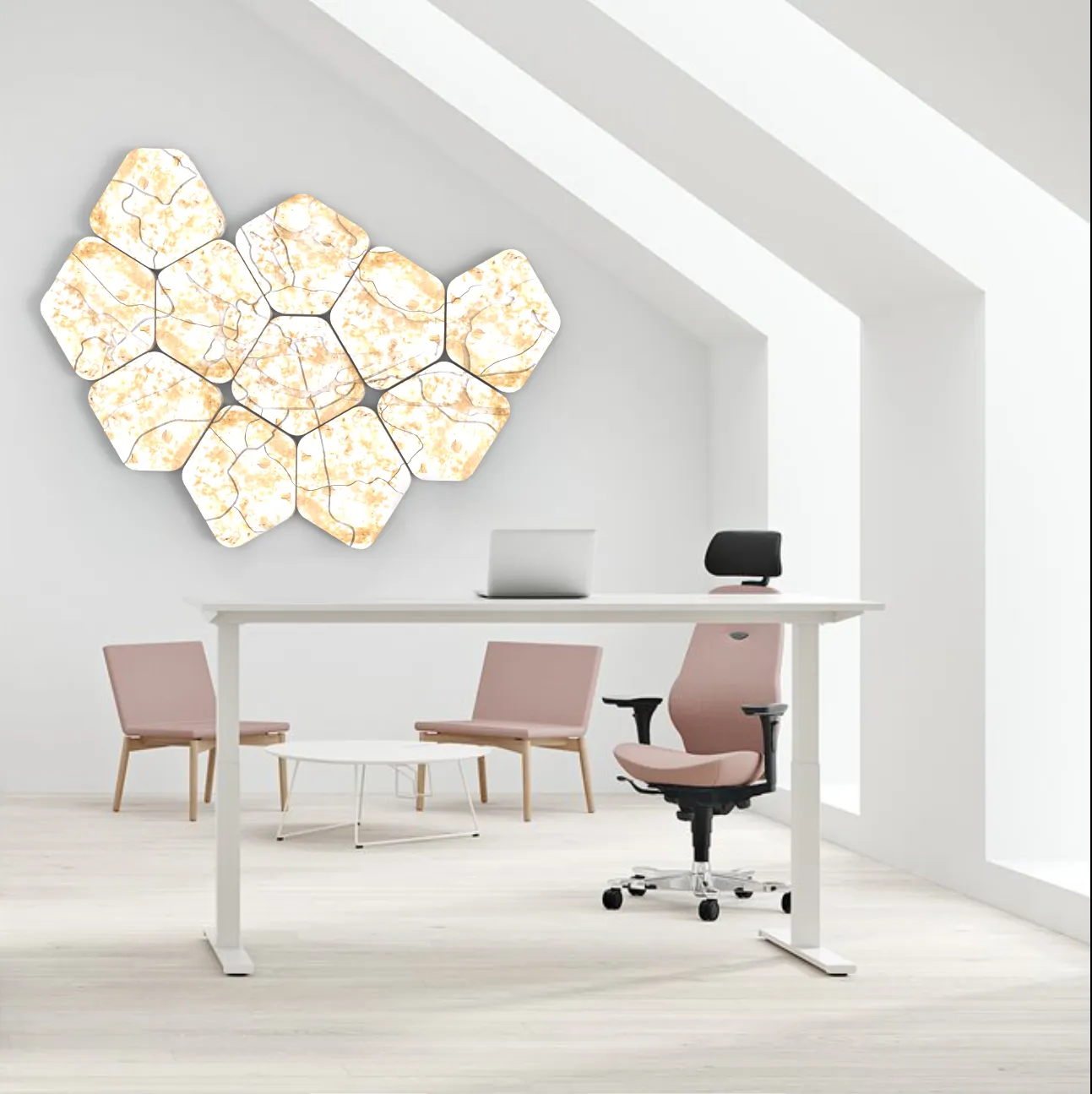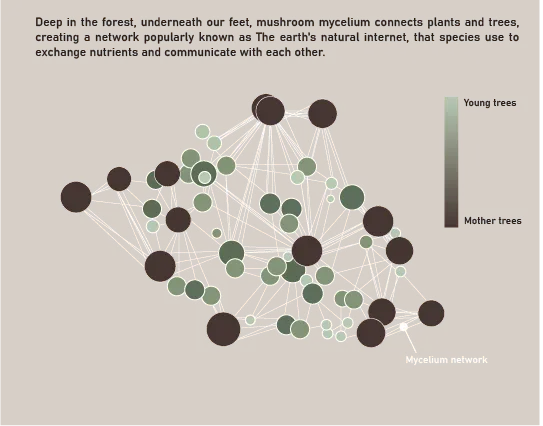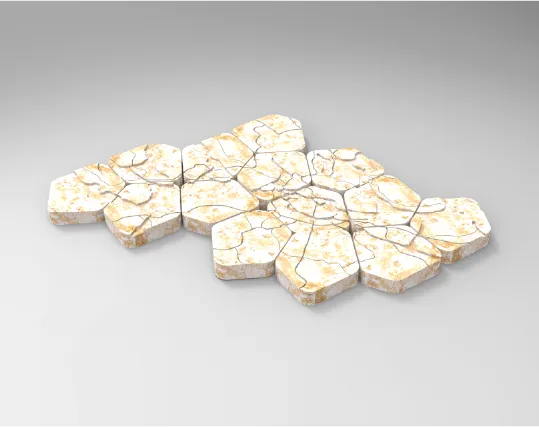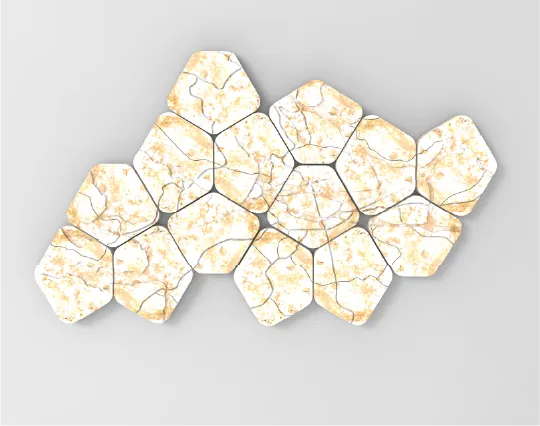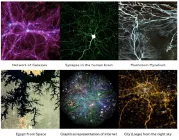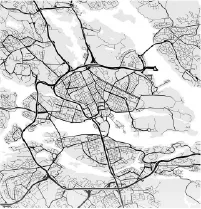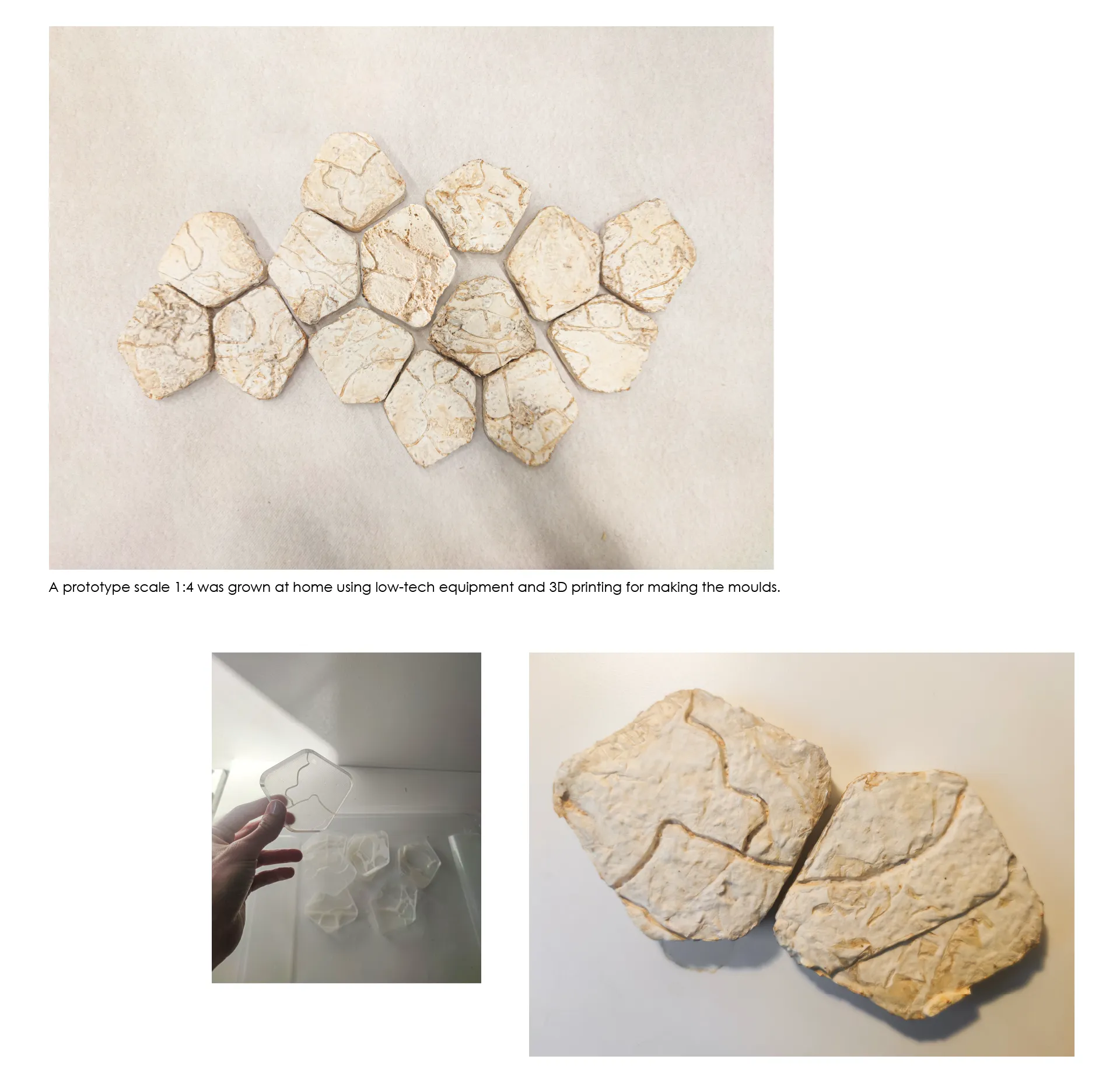The development of an acoustic insulation solution using mushroom mycelium as alternative to synthetic foams
Adrián Brito Guerrero De Escalante
2023
Mushrooms have long been known for their indispensable role in recycling organic matter, especially in forests, for the development of antibiotics and for the production of products like beer, wine or bread. In the last couple of years, mushrooms have proved their potential in the development of sustainable materials, known as mycelium composites.
Mycelium composites are made of mycelium (a root-like structure of mushrooms consisting of thread-like hyphae), and agricultural waste. Mycelium composites are an innovative lightweight material that presents promising properties such as fire resistance, acoustic and thermal insulation and high resistance under compression efforts. This is a biodegradable alternative to plastics used in industrial applications such as packaging, thermal and acoustic insulation, leather-like textiles in the fashion industry, furniture design and structures in the field of architecture.
Mycelium when compared to plants corresponds to the roots of mushrooms. Mycelium is capable of forming highly dense networks of thin filaments called hyphae, able to spread much more than a plant’s roots. Mycelium invades and degrades the organic matter, binding every particle it finds together and acting as a natural glue. When cultivated inside a mold along with agricultural waste, it colonizes all the organic matter eventually adopting the shape of the mold and forming a compact and rigid material.
The aim of the project was to present the existing knowledge regarding mycelium composites, their properties and industrial applications related to product design. To develop an acoustic insulation application where the intrinsic characteristics of the material are valued, there is a purpose of generating emotion and awareness of sustainability.
The final solution presents 14 acoustic panels for acoustic insulation that make a composition representing the city of Stockholm and its train lines. It is noticeable how the train lines resemble the mycelium network that grows under the soil in the forest, and in the same way, as the train stops, connects trees and plants. Like the neurons in our brain, like lightning in a storm, like a city from above. The way humans build cities and connect train stops show how these organic networks are part of our nature.
